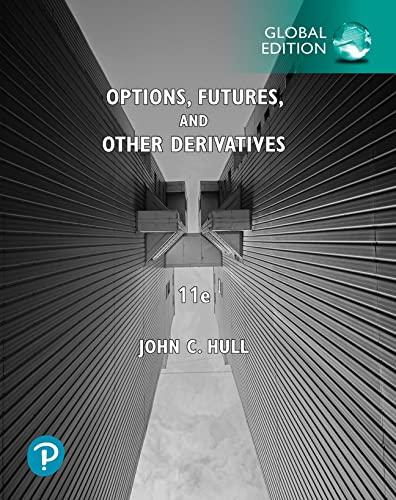Price Discrimination Homework Problem Nam This problem should give you some insights into what is call price discrimination. You may never look at senior citizen (or student) discounts in the same way. Here is the problem The local movie monopoly has hired a research firm to examine the demand for its movie tickets in Carbondale. The following information about student and ordinary adult demands has been most profitable pricing policy. Assume that the cost of showing a movie is S1,000 regardless of developed. The theater has been charging S8 per person, but now they want to know if that is the whether or not anyone shows up to watch Price ($) Combined Sales Revenue Profit (1.000) $20 $19 $18 $17 $16 Students Sales Revenue Profit Price Regular Adults (1,000) Sales Revenue Profit Price (5) (1,000) 0 $20 0 0 $19 0 1 $18 0 2 $17 0 3 $16 4 0 $15 5 0 $14 6 0 $13 7 0 $12 8 0 $11 9 0 10 2. $9 11 4 SB 12 $7 6 $7 13 $6 8 $6 14 10 55 15 12 $4 16 14 $3 17 16 $2 18 $2 18 $1 19 51 $20 $19 $15 $17 $16 $15 $14 $13 $12 $11 $10 $9 58 $14 $13 $12 $11 $10 $9 $8 $7 $6 $5 $4 $3 $2 $1 $10 $5 $4 $3 $1 b. a. With the ability to charge different prices what prices would maximize profits? What is the amount of profit at those prices? Student Price Adult Price Profit Now assume that it is not possible to implement price discrimination. What pricing policy would maximize the theater's profits? Calculate the amount of those profits. Combined Price Profit c. What is the elasticity of demand at the profit maximizing level in cach case? (what is it at higher and lower prices?) Belts Price Discrimination Homework Problem Nam This problem should give you some insights into what is call price discrimination. You may never look at senior citizen (or student) discounts in the same way. Here is the problem The local movie monopoly has hired a research firm to examine the demand for its movie tickets in Carbondale. The following information about student and ordinary adult demands has been most profitable pricing policy. Assume that the cost of showing a movie is S1,000 regardless of developed. The theater has been charging S8 per person, but now they want to know if that is the whether or not anyone shows up to watch Price ($) Combined Sales Revenue Profit (1.000) $20 $19 $18 $17 $16 Students Sales Revenue Profit Price Regular Adults (1,000) Sales Revenue Profit Price (5) (1,000) 0 $20 0 0 $19 0 1 $18 0 2 $17 0 3 $16 4 0 $15 5 0 $14 6 0 $13 7 0 $12 8 0 $11 9 0 10 2. $9 11 4 SB 12 $7 6 $7 13 $6 8 $6 14 10 55 15 12 $4 16 14 $3 17 16 $2 18 $2 18 $1 19 51 $20 $19 $15 $17 $16 $15 $14 $13 $12 $11 $10 $9 58 $14 $13 $12 $11 $10 $9 $8 $7 $6 $5 $4 $3 $2 $1 $10 $5 $4 $3 $1 b. a. With the ability to charge different prices what prices would maximize profits? What is the amount of profit at those prices? Student Price Adult Price Profit Now assume that it is not possible to implement price discrimination. What pricing policy would maximize the theater's profits? Calculate the amount of those profits. Combined Price Profit c. What is the elasticity of demand at the profit maximizing level in cach case? (what is it at higher and lower prices?) Belts







